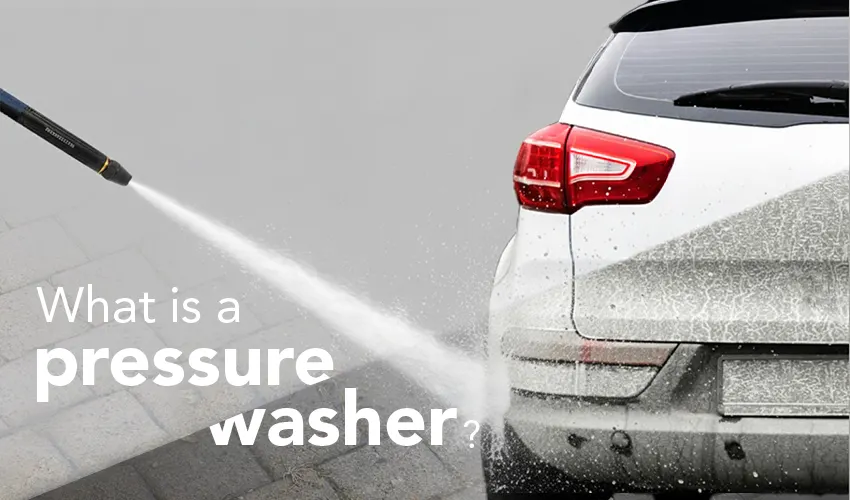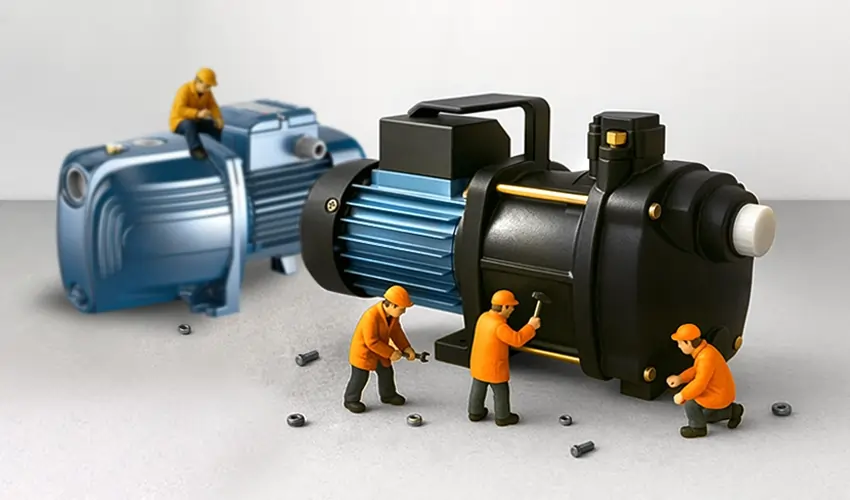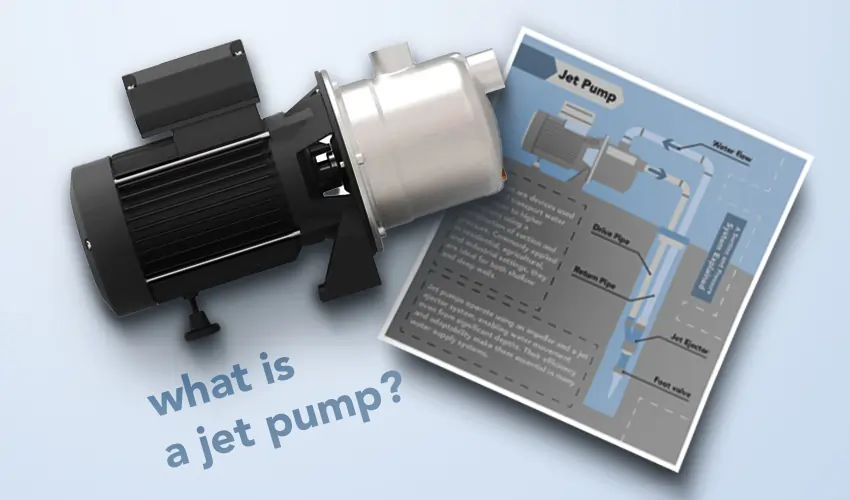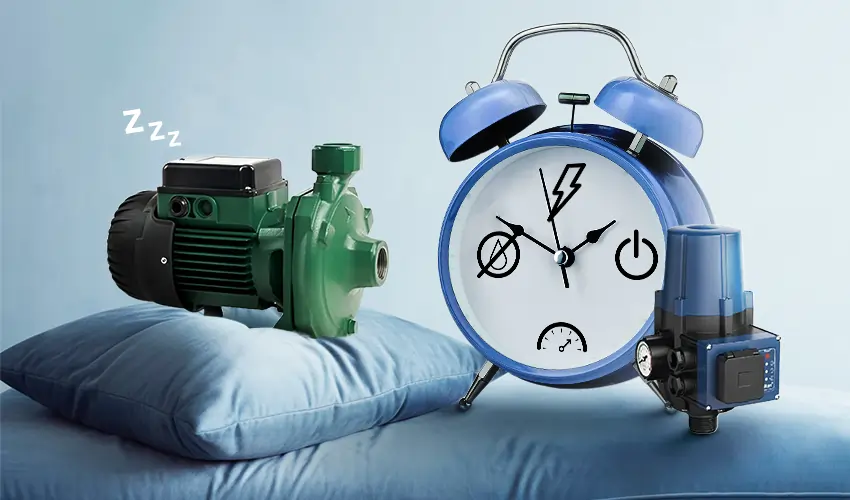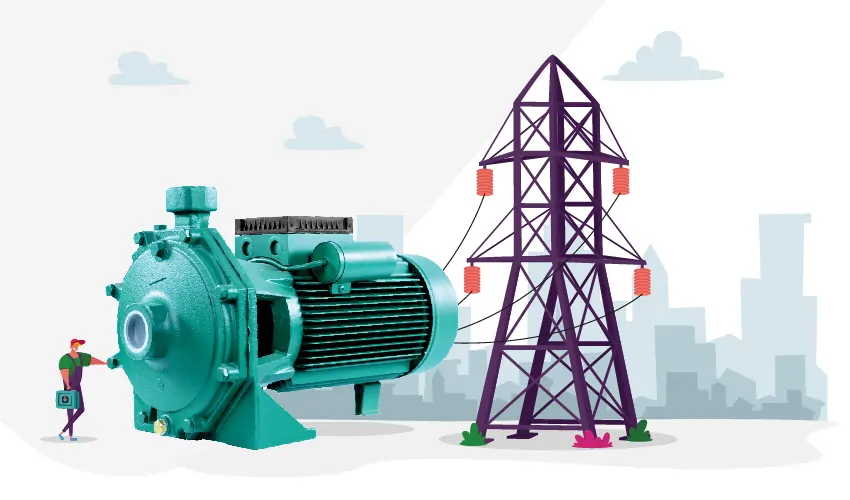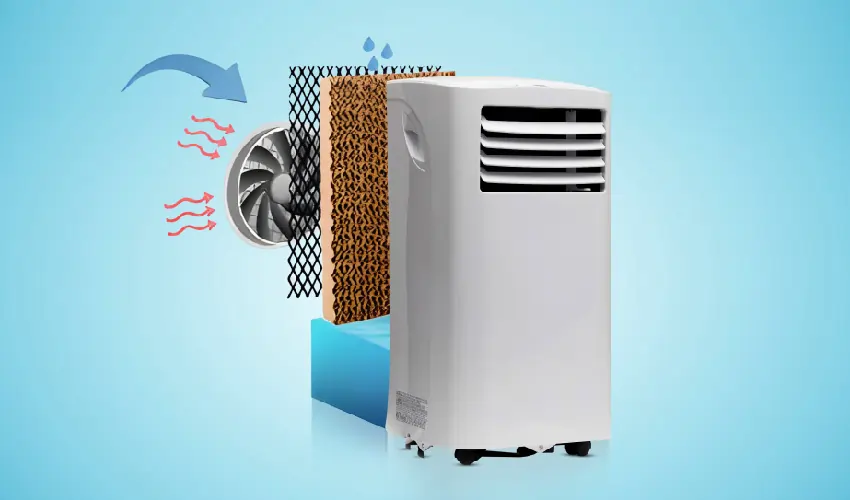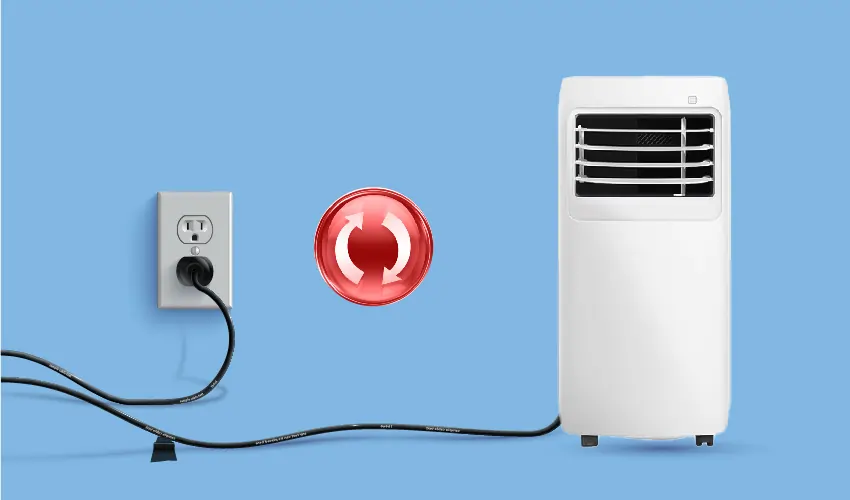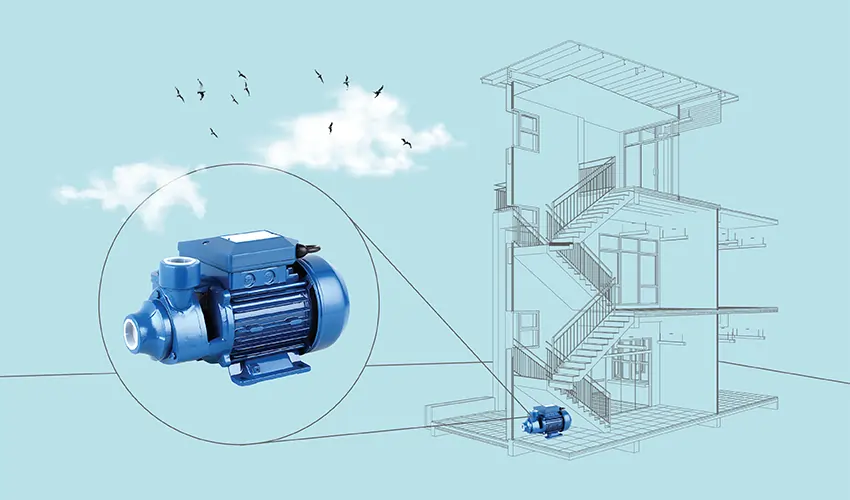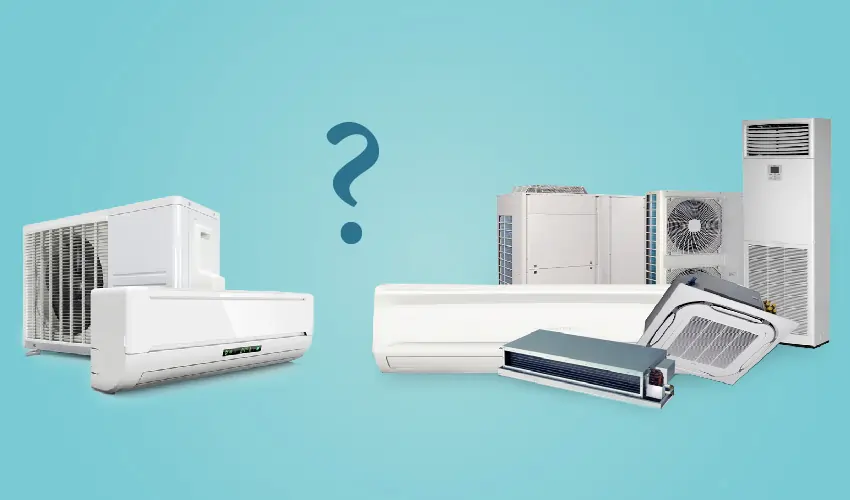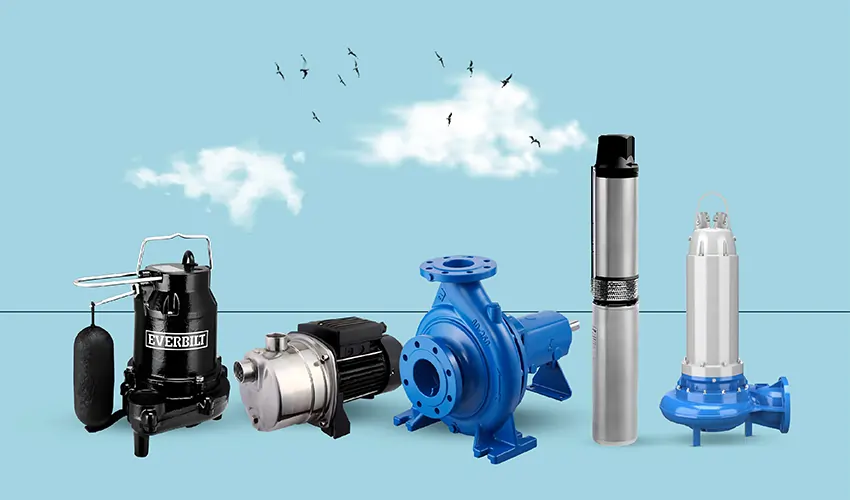This brief guide emphasizes the importance of regular maintenance, adherence to manufacturer guidelines, and proactive troubleshooting to sustain the longevity and reliability of booster pump systems.
Fixing Booster Pump
Booster pumps are integral components in water supply systems, enhancing water pressure for various applications. However, they can encounter issues such as low pressure, leaks, and motor malfunctions over time. Booster pump repair involves a systematic troubleshooting process to identify and address these problems, ensuring the pump operates efficiently.
This brief guide emphasizes the importance of regular maintenance, adherence to manufacturer guidelines, and proactive troubleshooting to sustain the longevity and reliability of booster pump systems.
Introduction to Booster Pump Repair
Over time, booster pumps may experience wear and tear, resulting in decreased performance or complete failure. Booster water pump repair is a process aimed at restoring the pump to its optimal functionality. Here is an introduction to booster pump repair:
- Understanding Booster Pumps
- Booster pumps are designed to increase water pressure and ensure a steady flow in water distribution systems.
- Common types include centrifugal pumps, multistage pumps, and jet pumps.
- Booster pumps are used in residential, commercial, and industrial settings to enhance water pressure for improved efficiency.
- Common Issues with Booster Pumps:
- Low water pressure: Reduced water pressure may be due to issues like clogged impellers, worn-out seals, or malfunctioning pressure switches.
- Noisy operation: Unusual sounds during pump operation may indicate problems such as cavitation, loose parts, or damaged bearings.
- Leaks: Leaking water around the pump may result from damaged seals, cracked pipes, or worn-out gaskets.
- Pump not starting: Electrical issues, faulty motors, or problems with the control system can prevent the pump from starting.
- Booster Pump Repair Process:
- Inspection: Begin by visually inspecting the pump for any visible damage or leaks. Check electrical components, connections, and the pump housing.
- Disassembly: Carefully disassemble the pump, documenting each step and paying attention to the arrangement of components.
- Cleaning: Remove debris, scale, or any foreign particles that may be affecting the pump’s performance. Clean impellers, seals, and other critical parts.
- Replacement of Components: Replace damaged or worn-out components such as seals, gaskets, bearings, impellers, and motor parts.
- Testing: After reassembly, conduct tests to ensure the pump operates smoothly and reaches the desired pressure. Monitor for leaks and unusual sounds.
- Tools and Equipment:
- Common tools include wrenches, screwdrivers, pliers, and multimeters for electrical testing.
- Specialized equipment may be required for tasks like impeller removal, seal replacement, and motor testing.
- Safety Precautions:
- Ensure the pump is disconnected from the power source before starting any repair work.
- Use appropriate personal protective equipment (PPE), such as gloves and safety glasses.
- Follow manufacturer guidelines and recommendations for safe repair procedures.
- Professional Assistance:
- Complex or extensive repairs may require the expertise of professional technicians or pump specialists.
- Regular maintenance and preventive measures can help extend the lifespan of booster pumps and reduce the frequency of major repairs.
Common Booster Pump Problems
Like any mechanical equipment, they can experience problems over time. Here are some common booster pump problems:
- Low Water Pressure:
- Causes: This can result from issues like clogged impellers, worn-out seals, pipe blockages, or a malfunctioning pressure switch.
- Solution: Clean or replace impellers, inspect and replace seals, check for blockages in the pipes, and ensure the pressure switch is functioning correctly.
- Cavitation:
- Causes: Cavitation occurs when there’s a formation of vapor bubbles in the pump due to low pressure. This can damage impellers and other components.
- Solution: Check for and eliminate any restrictions in the suction line, ensure proper pump priming, and adjust the system to reduce suction pressure.
- Noisy Operation:
- Causes: Unusual sounds during pump operation may be due to cavitation, loose parts, damaged bearings, or misalignment.
- Solution: Identify and rectify the source of the noise, secure loose parts, lubricate or replace damaged bearings, and ensure proper alignment.
- Leakage:
- Causes: Leaks may occur around seals, gaskets, or pipe connections, leading to water wastage and potential damage.
- Solution: Inspect and replace damaged seals or gaskets, tighten loose connections, and address any corrosion or cracks in the pump housing.
- Pump Not Starting:
- Causes: Electrical issues, such as a faulty motor, problems with the control system, or issues with power supply, can prevent the pump from starting.
- Solution: Check electrical connections, inspect the control system, test the motor, and ensure a stable power supply. Replace faulty components as needed.
- Overheating:
- Causes: Overheating can result from prolonged operation, excessive friction, or inadequate cooling.
- Solution: Check for proper ventilation, ensure the pump is adequately lubricated, and address any issues with the cooling system. Monitor and control the operating time to prevent overheating.
- Seal Failures:
- Causes: Seals may wear out over time, leading to water leakage and reduced pump efficiency.
- Solution: Regularly inspect and replace worn-out seals. Ensure proper installation and alignment to prevent premature failure.
- Impeller Damage:
- Causes: Impellers can become damaged due to cavitation, foreign objects, or abrasive particles in the water.
- Solution: Inspect and clean impellers regularly. Remove any debris in the water source, and address cavitation issues to prevent impeller damage.
- Motor Issues:
- Causes: Booster pump motors can experience problems such as overheating, electrical faults, or mechanical failures.
- Solution: Regularly inspect and maintain the motor, check electrical connections, lubricate moving parts, and replace or repair faulty components.
- Vibration and Misalignment:
- Causes: Vibration and misalignment can lead to increased wear on pump components and reduced efficiency.
- Solution: Ensure proper alignment during installation, address any misalignment issues, and use vibration isolators to minimize excessive vibrations.
Troubleshooting Booster Pump Problems
Troubleshooting booster pump problems involves a systematic approach to identify and address issues affecting the pump’s performance. Here’s a step-by-step guide for troubleshooting common booster pump problems:
- Check Power Supply:
- Verify that the pump is receiving power. Check the electrical connections, fuses, and circuit breakers. Ensure there are no issues with the power source.
- Inspect Pressure Switch:
- Examine the pressure switch for proper functioning. The pressure switch controls when the pump turns on and off based on water pressure levels. Adjust or replace the pressure switch if necessary.
- Evaluate Suction Line:
- Inspect the suction line for any restrictions or blockages. A clogged suction line can lead to low water pressure or cavitation. Clear any debris or obstructions.
- Check for Leaks:
- Look for water leaks around the pump, seals, gaskets, and pipe connections. Leaks can lead to reduced pressure and pump inefficiency. Replace damaged seals or gaskets, and tighten loose connections.
- Examine Impellers:
- Inspect the impellers for damage or blockages. Clean or replace impellers as needed. Ensure there are no obstructions that may affect the impeller’s performance.
- Address Cavitation Issues:
- Cavitation can damage impellers and reduce pump efficiency. Check for cavitation signs such as noise or vibration. Eliminate restrictions in the suction line, adjust system parameters, and ensure proper priming to prevent cavitation.
- Test Motor Functionality:
- Check the motor for signs of overheating, unusual sounds, or vibration. Test the motor’s electrical components, including capacitors and windings. Replace or repair any faulty motor parts.
- Inspect Control System:
- Examine the control system, including pressure switches, relays, and controllers. Ensure that the control system is properly calibrated and functioning. Replace or recalibrate components as necessary.
- Verify Proper Lubrication:
- Ensure that moving parts, such as bearings, are properly lubricated. Lack of lubrication can lead to increased friction, overheating, and premature wear. Lubricate or replace bearings as needed.
- Address Overheating Issues:
- Investigate the cause of overheating, such as inadequate cooling or prolonged operation. Ensure proper ventilation, check the cooling system, and monitor operating times to prevent overheating.
- Check Alignment:
- Misalignment can lead to increased wear on pump components. Verify that the pump is properly aligned during installation. Address any misalignment issues promptly.
- Monitor System Pressure:
- Use pressure gauges to monitor the system pressure. Ensure that the pump is providing the required pressure. Adjust the pressure settings if necessary.
- Consult Manufacturer Guidelines:
- Refer to the pump’s user manual and guidelines provided by the manufacturer. Follow recommended maintenance schedules and procedures for troubleshooting specific issues.
- Professional Assistance:
- If troubleshooting efforts do not resolve the problem, consider seeking assistance from a professional pump technician or service provider. They can perform more in-depth diagnostics and repairs.
Conclusion
In conclusion, addressing booster pump issues through systematic troubleshooting and effective repairs is essential for ensuring the optimal performance of water supply systems. Regular maintenance, prompt identification of problems, and adherence to manufacturer guidelines contribute to the longevity of booster pumps.


